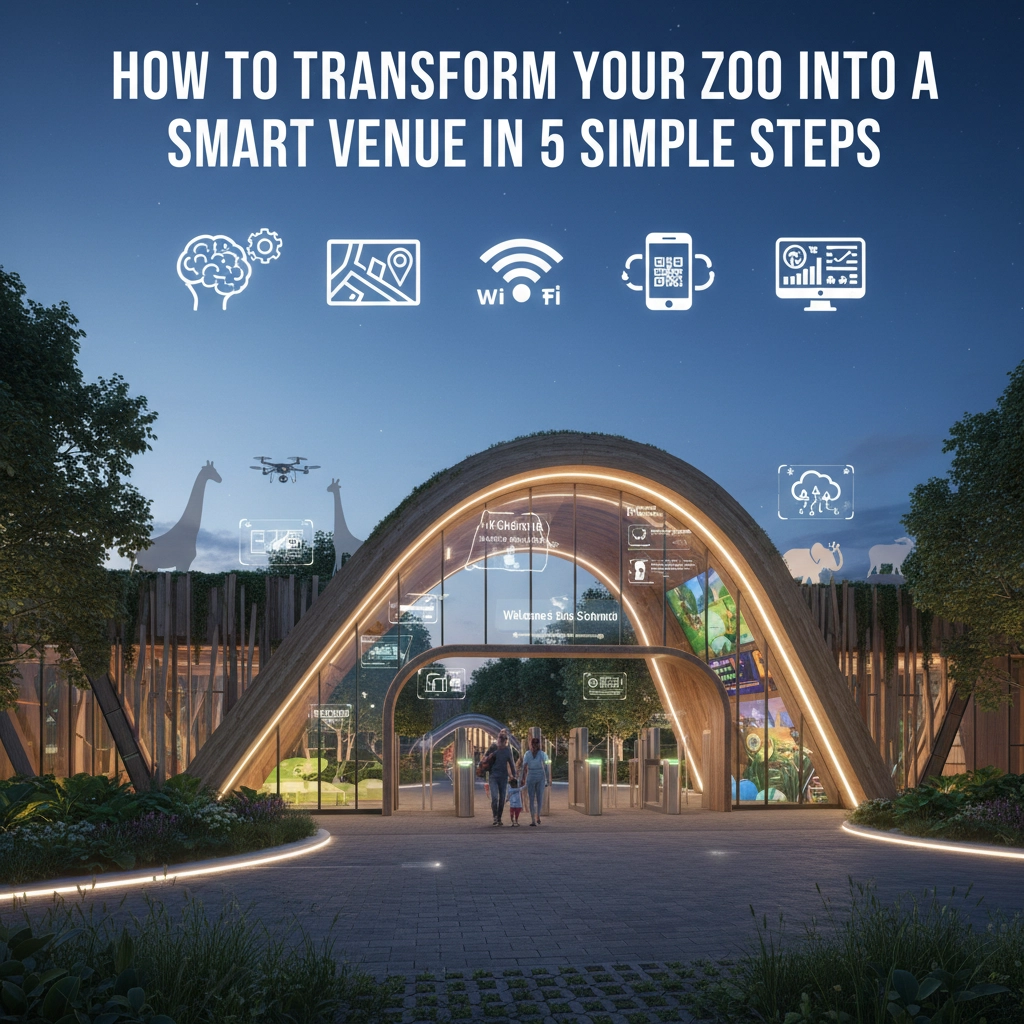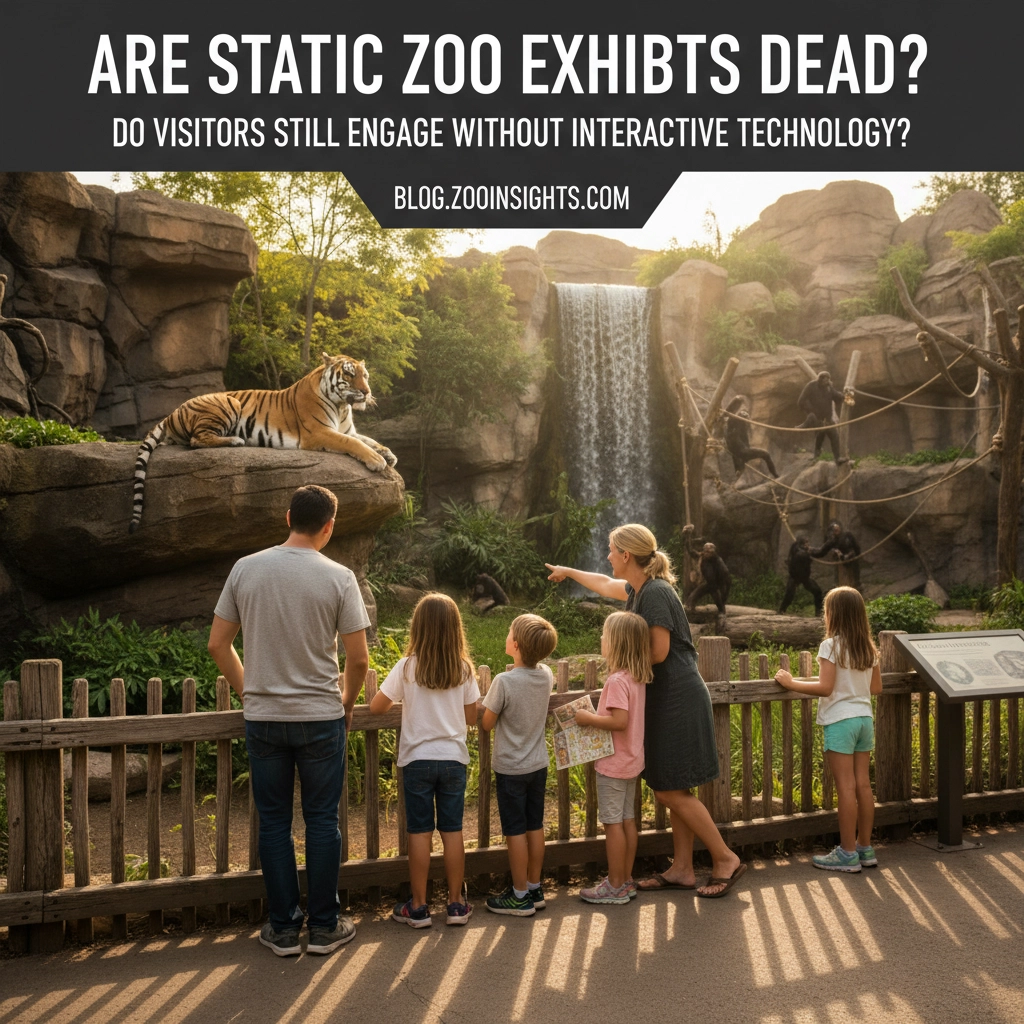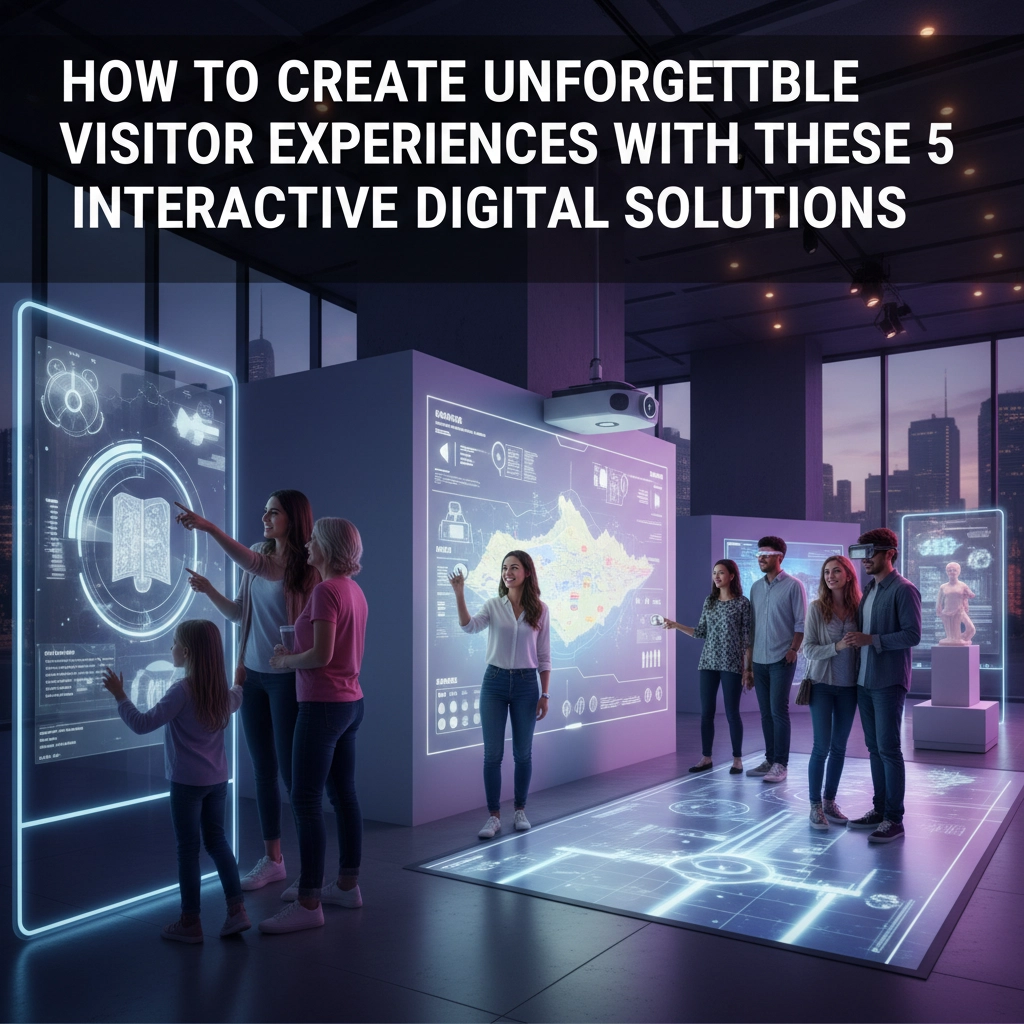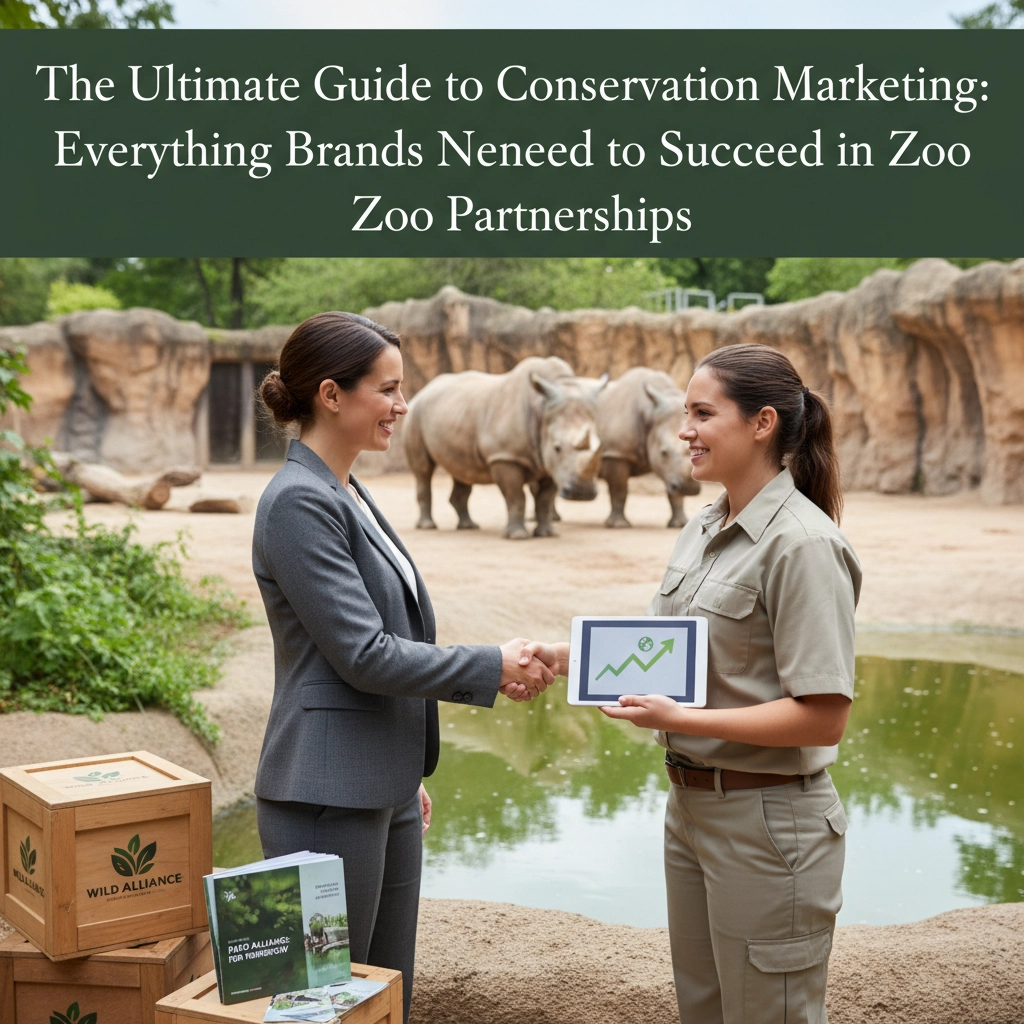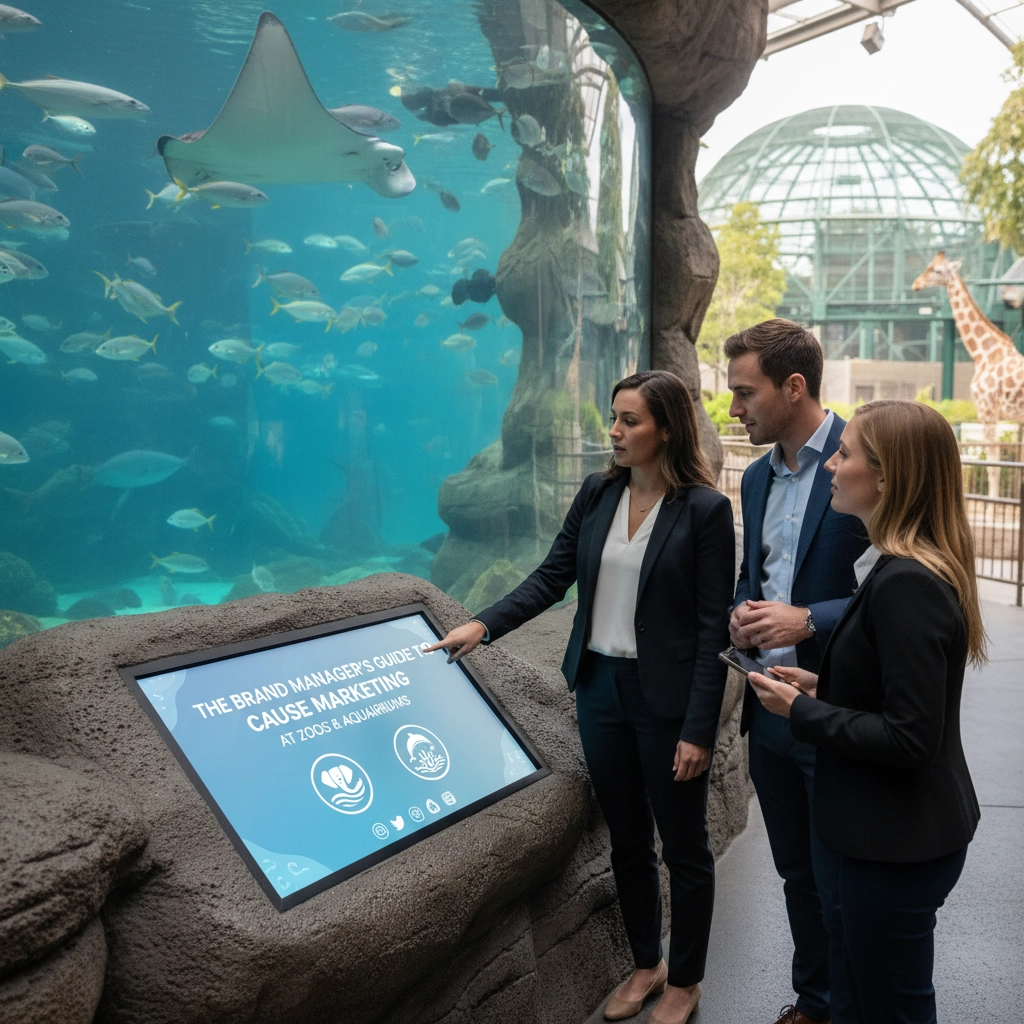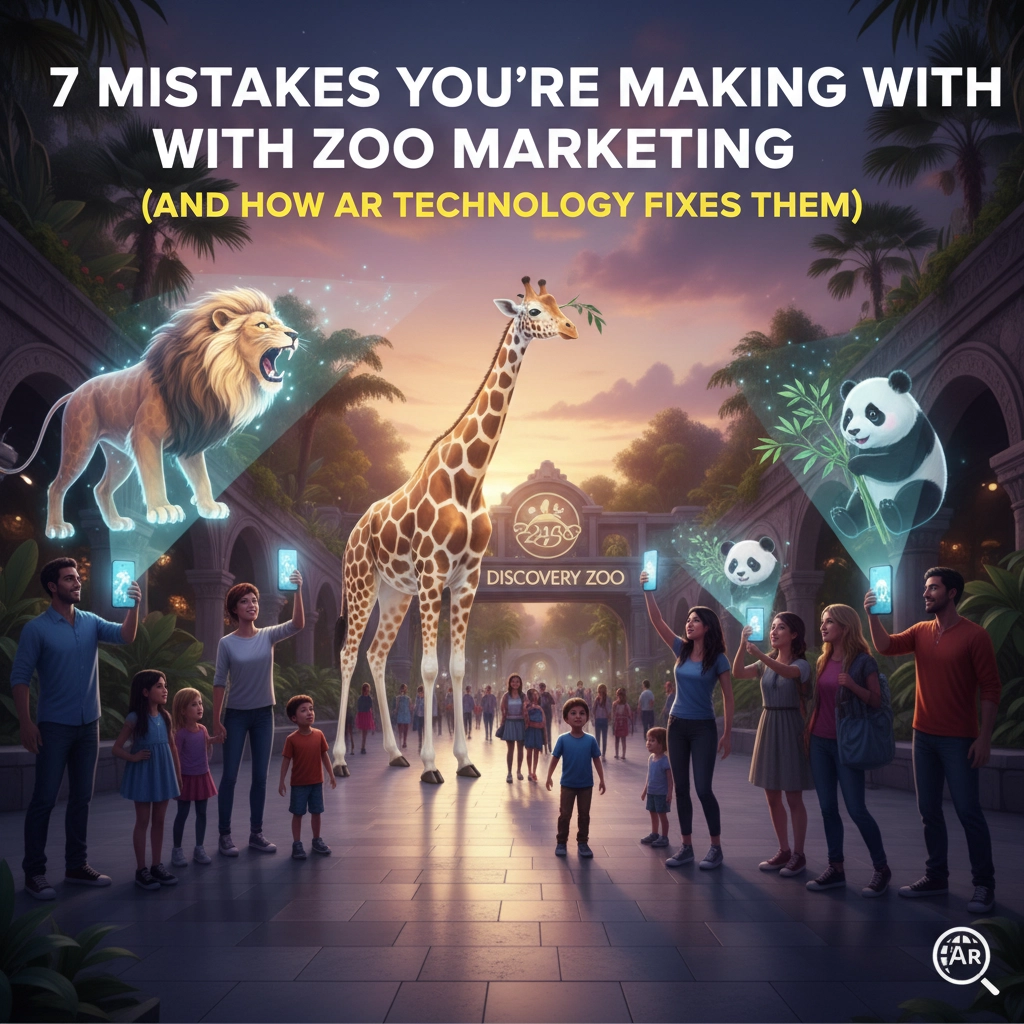The modern zoo experience is evolving rapidly, and visitors expect more than just animal viewing: they want interactive, educational, and memorable experiences that blend technology with conservation. Smart venue transformation isn't just a trend; it's becoming essential for zoos looking to increase visitor engagement, boost revenue streams, and create meaningful connections between guests and wildlife conservation efforts.
Today's successful zoos are leveraging cutting-edge technology to create immersive environments that educate, entertain, and inspire action. From augmented reality experiences to real-time data analytics, smart venues are revolutionizing how we think about zoo operations and visitor engagement.
Step 1: Implement Comprehensive Digital Data Collection Systems
The foundation of any smart venue transformation begins with robust data collection infrastructure. Modern zoos need to move beyond traditional paper-based systems and embrace digital solutions that capture real-time information across all operations.
Start by equipping your staff with ruggedized smartphones and tablets designed for outdoor use. These devices should be capable of recording animal behavior patterns, visitor flow data, facility conditions, and maintenance needs instantly. Staff members can track animal encounters, feeding schedules, medical observations, and conservation activities directly into a centralized database system.
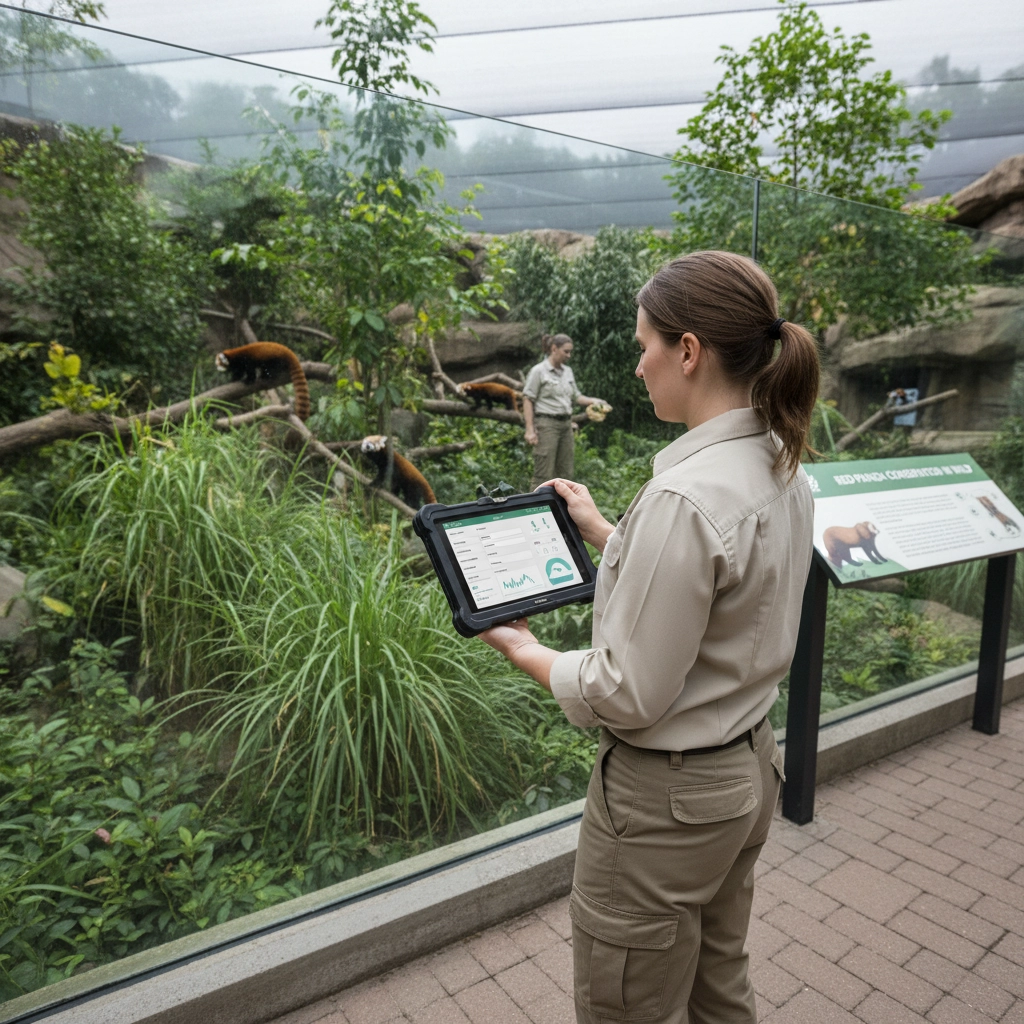
Key Implementation Areas:
- Animal welfare monitoring with digital health records
- Visitor pattern tracking through mobile check-ins
- Facility condition reporting with photo documentation
- Revenue optimization through real-time sales data
- Conservation impact measurement and reporting
The data collected should feed into analytics platforms that provide immediate insights to zoo management. This allows for rapid response to opportunities and challenges, whether it's adjusting animal presentation schedules based on visitor interest or addressing facility maintenance needs before they become major issues.
Consider implementing IoT sensors throughout exhibits to monitor environmental conditions, foot traffic patterns, and equipment performance. This automated data collection reduces staff workload while providing more comprehensive insights into zoo operations.
Step 2: Upgrade Infrastructure for Seamless Digital Connectivity
Your zoo's technological transformation depends entirely on reliable infrastructure. Without robust connectivity and power systems, even the most innovative digital experiences will fail to deliver results.
Focus on installing comprehensive Wi-Fi coverage throughout the entire facility, including outdoor exhibit areas, dining spaces, and remote locations. Visitors expect seamless connectivity for sharing experiences on social media, accessing digital content, and using interactive applications.
Essential Infrastructure Upgrades:
- High-speed Wi-Fi networks with weather-resistant access points
- Reliable power systems supporting digital displays and interactive kiosks
- Charging stations strategically placed throughout the venue
- Digital signage capabilities with remote content management
- Security systems integrated with smart technology platforms
Replace aging facilities and systems that have reached the end of their expected life. Modern infrastructure reduces maintenance costs while supporting advanced technological implementations. This includes upgrading electrical systems to handle increased digital demands and ensuring all installations meet current accessibility standards.
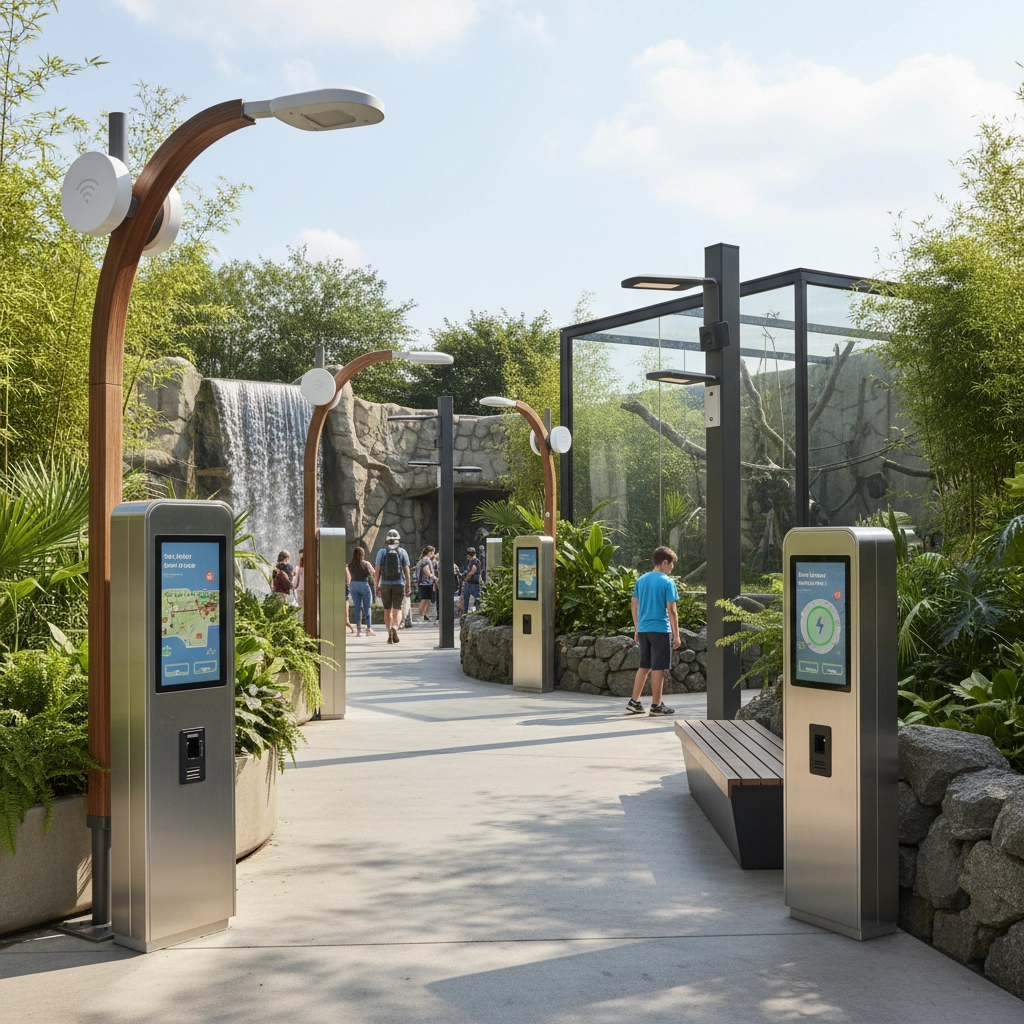
Weather-resistant equipment is crucial for outdoor zoo environments. Invest in displays, speakers, and interactive elements specifically designed to withstand various climate conditions while maintaining optimal performance year-round.
Step 3: Create Strategic Guest Experience Hubs
Smart venues require thoughtfully designed spaces where technology enhances rather than overwhelms the natural zoo experience. Develop integrated amenity hubs that combine digital services with traditional visitor needs.
Position these hubs evenly along main circulation routes to ensure guests always have access to information, services, and comfort amenities. Each hub should include wayfinding systems with real-time animal location updates, digital information displays showing feeding schedules and conservation stories, and interactive maps highlighting current activities.
Hub Components for Maximum Impact:
- Interactive wayfinding with personalized route suggestions
- Real-time animal activity updates and optimal viewing times
- Educational content delivery through multiple digital formats
- Mobile device charging stations and Wi-Fi boosters
- Integration with food service and retail operations
These hubs create natural gathering points where families can plan their visit, learn about conservation efforts, and access services without disrupting the flow of their zoo experience. The technology should feel intuitive and enhance discovery rather than creating barriers to exploration.
Staff these hubs with knowledgeable team members who can assist with both technical questions and traditional zoo information. This hybrid approach ensures all visitors feel comfortable regardless of their technology comfort level.
Step 4: Deploy Real-Time Analytics and Data Visualization
Transform your collected operational data into actionable insights through advanced analytics platforms. Smart venues use data to make informed decisions about everything from exhibit scheduling to resource allocation.
Implement dashboard systems that provide zoo management with real-time visibility into visitor patterns, animal activity levels, facility utilization, and revenue performance. This information enables rapid response to changing conditions and optimization of daily operations.
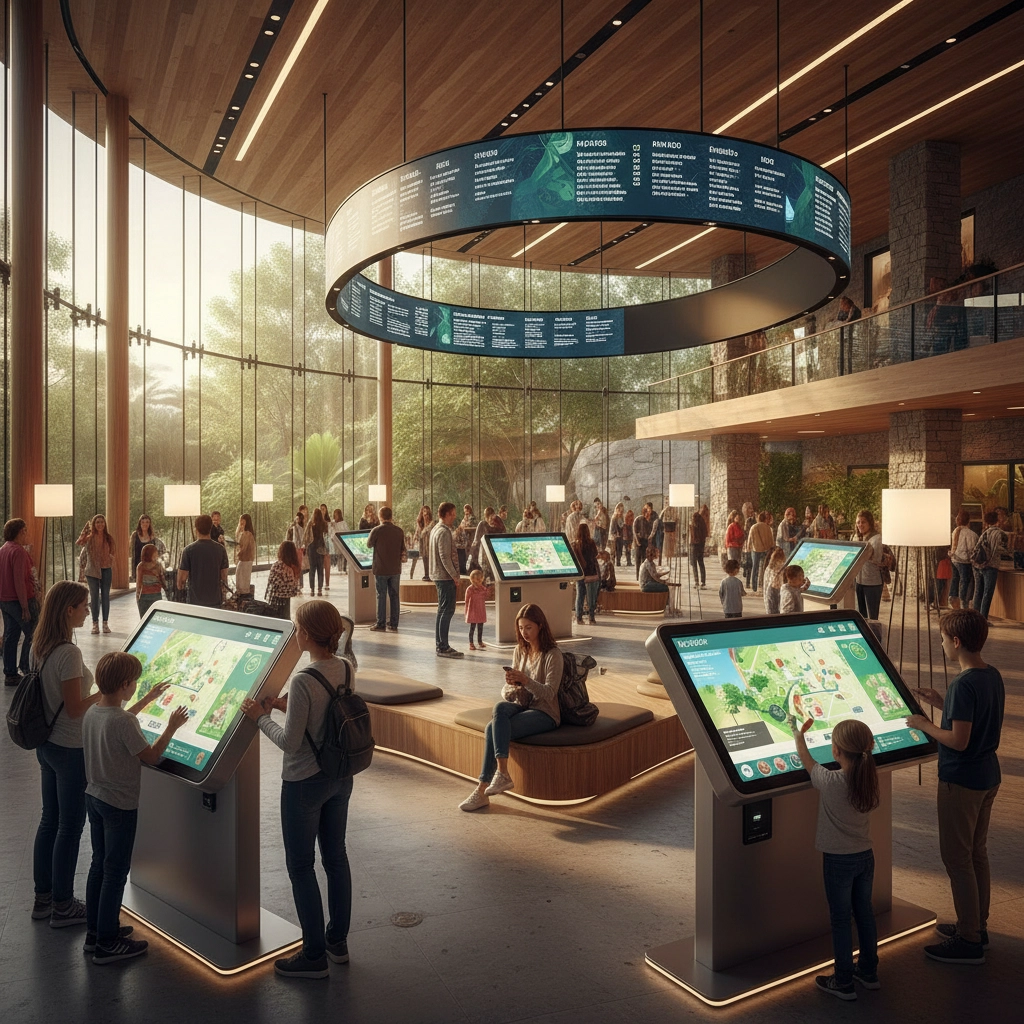
Analytics Applications for Zoo Operations:
- Visitor flow optimization to reduce crowding and improve satisfaction
- Dynamic pricing based on demand patterns and seasonal trends
- Staff scheduling optimization using predictive visitor volume models
- Conservation program effectiveness measurement and reporting
- Marketing campaign performance tracking across digital channels
Use predictive analytics to anticipate busy periods, identify potential bottlenecks, and proactively adjust operations. This might include opening additional food service locations during peak times or scheduling popular animal presentations to distribute crowd flow more evenly.
Data visualization tools help staff at all levels understand trends and make informed decisions. Create automated reports that highlight key performance indicators and alert management to situations requiring immediate attention.
Share relevant data insights with visitors through digital displays that show conservation impact metrics, animal welfare improvements, and community engagement results. This transparency builds trust and demonstrates the zoo's commitment to meaningful conservation work.
Step 5: Enhance Digital Visitor Engagement Through Immersive Experiences
The final step involves creating memorable digital touchpoints that deepen visitor connections with wildlife and conservation messaging. This goes beyond basic information display to create truly interactive and educational experiences.
Install interactive displays at strategic exhibit locations that provide dynamic, context-sensitive information about animals and their conservation status. Use augmented reality features to overlay digital content onto physical exhibits, allowing visitors to see additional information, historical context, or conservation success stories.
Engagement Technology Options:
- Augmented reality experiences that bring conservation stories to life
- Interactive displays with games and educational challenges
- Mobile applications with personalized content and progress tracking
- Audio tours with multiple language options and accessibility features
- Social sharing integration that promotes conservation messaging
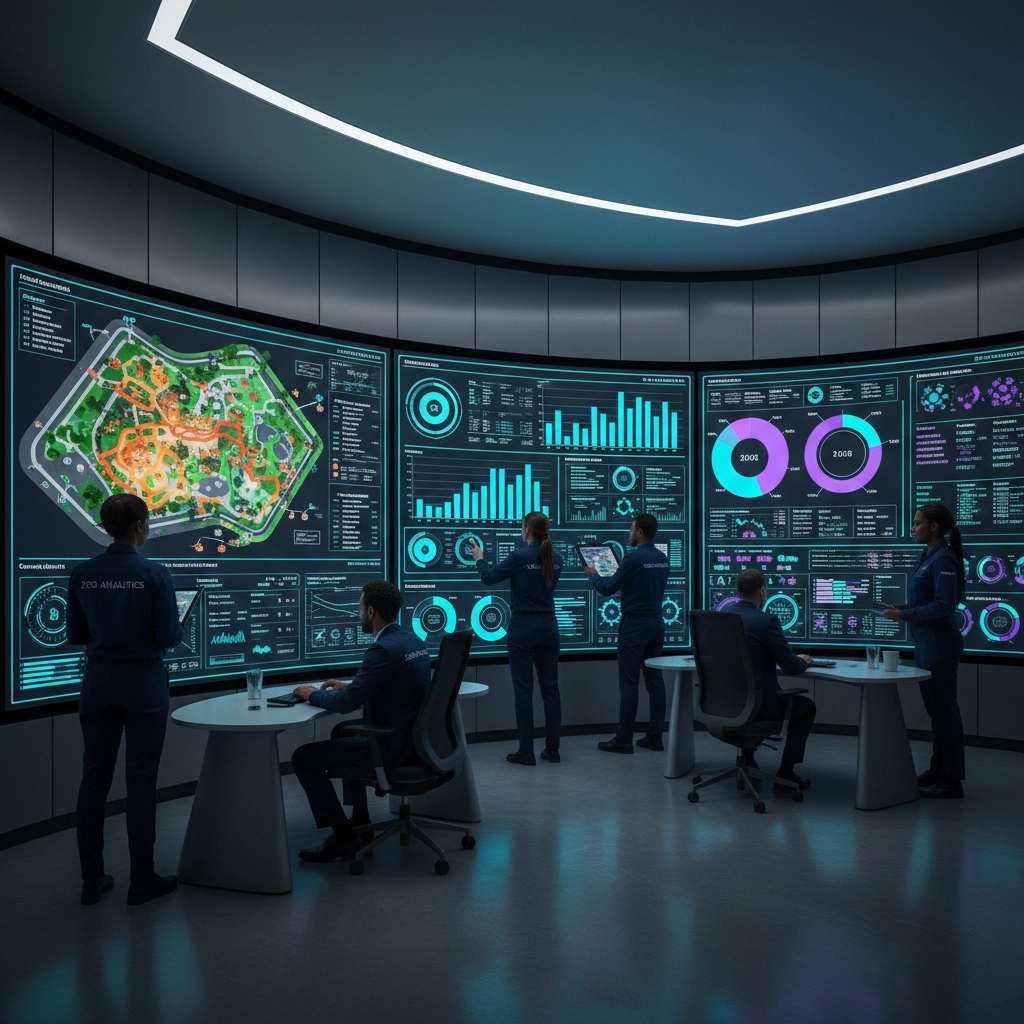
Develop large viewing areas enhanced with digital elements that provide better animal visibility while delivering educational content. These spaces should accommodate various group sizes and provide multiple viewing angles enhanced by strategically placed screens and audio systems.
Create mobile applications that serve as comprehensive zoo companions, offering personalized recommendations based on visitor interests, real-time updates about animal activities, and educational content that extends learning beyond the visit. Include features like digital scavenger hunts, conservation challenges, and social sharing tools that encourage visitors to become conservation advocates.
Measuring Success and Continuous Improvement
Smart venue transformation is an ongoing process that requires continuous monitoring and refinement. Establish key performance indicators that measure both operational efficiency and visitor satisfaction improvements.
Track metrics such as average visit duration, return visitor rates, digital engagement levels, and conservation program participation. Use visitor feedback systems integrated into your digital platforms to gather real-time input about experiences and identify areas for improvement.
Regular technology updates ensure your smart venue remains current with visitor expectations and industry best practices. Plan for equipment refresh cycles and software updates that maintain optimal performance and security.
Ready to Transform Your Zoo Experience?
Smart venue transformation represents a significant opportunity for zoos to increase visitor engagement, improve operational efficiency, and advance conservation goals. The five steps outlined above provide a practical framework for implementing technology that enhances rather than complicates the zoo experience.
Success depends on creating cohesive systems where technology seamlessly blends with natural experiences to create lasting memories and meaningful connections with wildlife conservation. Start with solid data collection and infrastructure, then build engaging experiences that educate and inspire action.
For expert guidance on implementing smart venue solutions and maximizing your zoo's advertising potential, contact Dan Kost, CEO at www.dakdan.com or reach our AI Receptionist at +1 (323) 676-0621. Let's work together to create extraordinary visitor experiences that drive conservation impact and operational success.
Zoo Media specializes in innovative advertising solutions for entertainment and educational venues. Visit zoomedia.us to discover how smart technology can transform your visitor experience and boost revenue performance.
Tags: #Innovation #DigitalTransformation #SmartVenues #Technology #VisitorExperience #ConservationTechnology #ZooMarketing #AdvertisingAndMarketing #DataAnalytics #GuestEngagement

